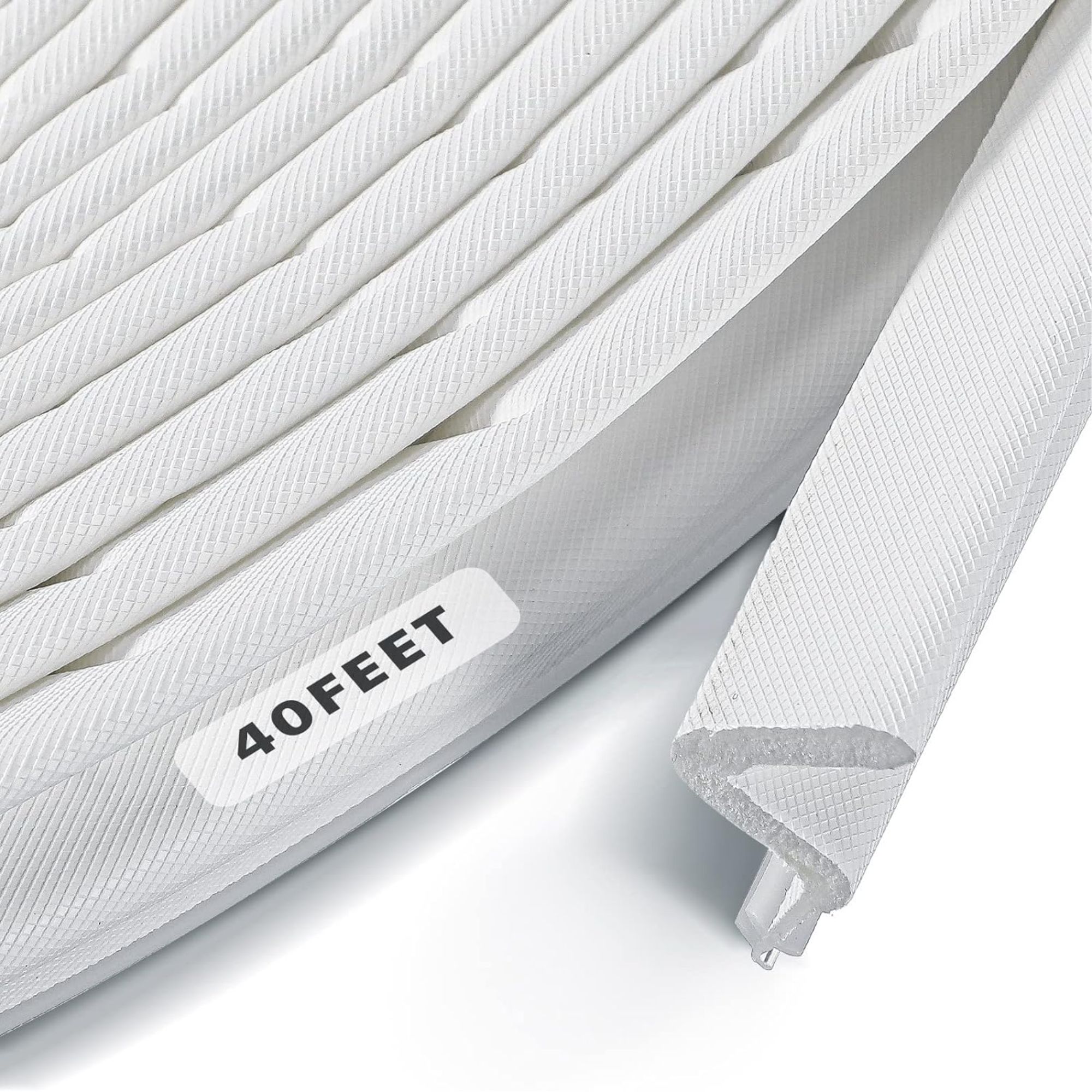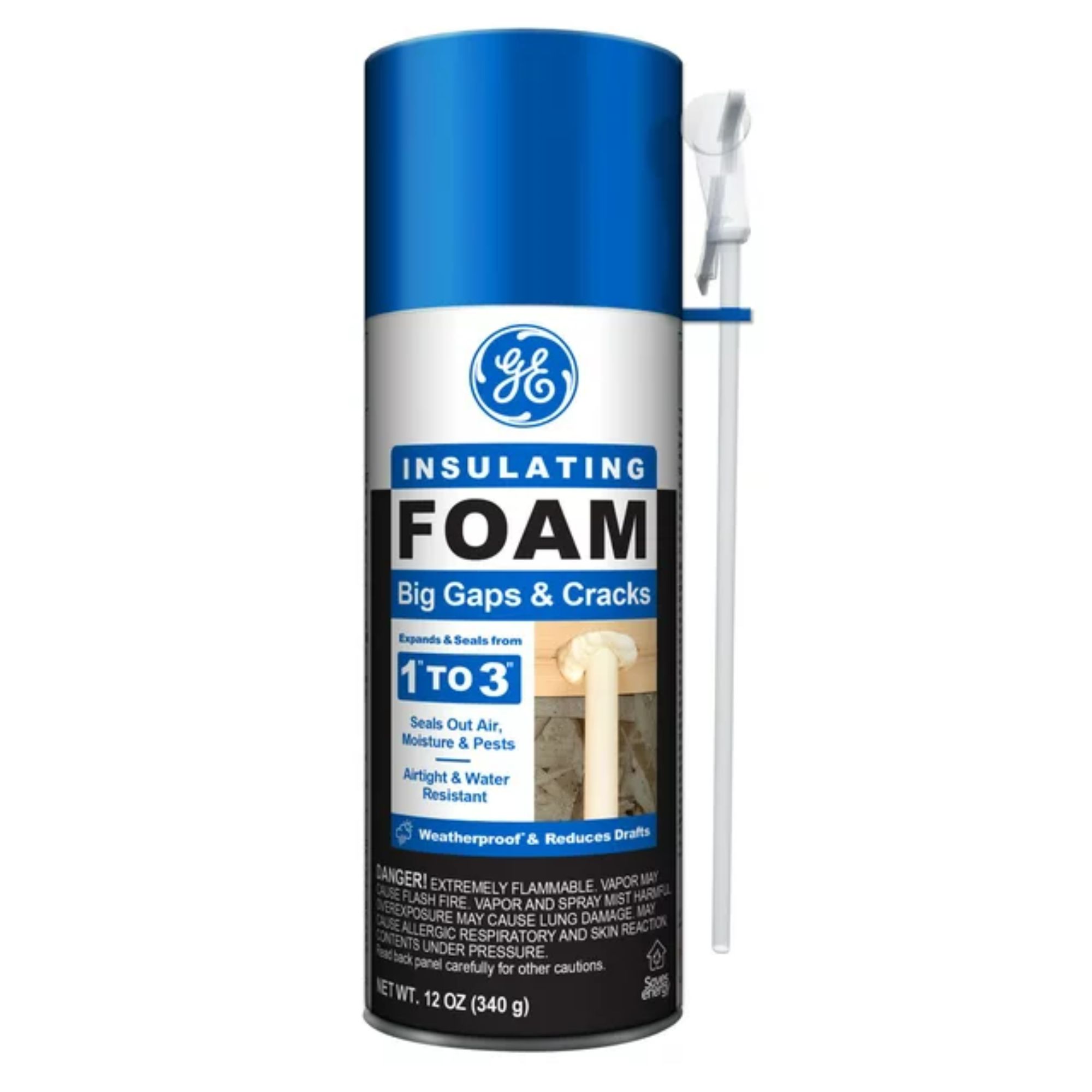How to soundproof a door – 6 expert tips to contain and block out noise
Our experts have shared 6 DIY solutions to add mass to your door and seal gaps and cracks to contain and block out sound
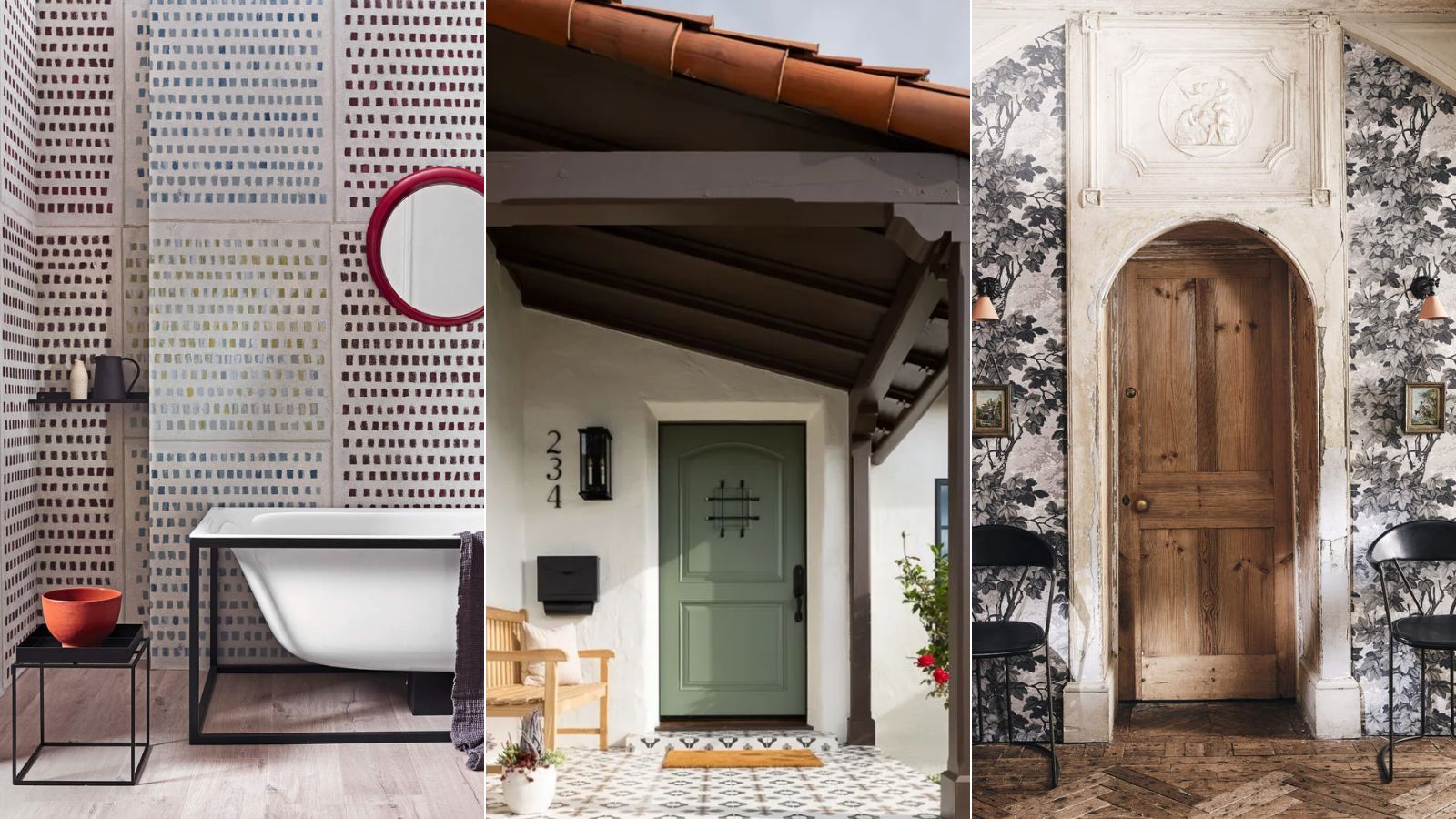

Are you aiming to block out external noises to create a quiet sanctuary or workspace? Perhaps you need to contain sounds, like in a music room? Well, you are in the right place. Our experts have compiled six techniques to effectively soundproof any door, offering solutions from simple fixes to more intricate solutions.
One of the key steps to take when soundproofing a room, alongside soundproofing windows, is to target the door. Often, doors are where the majority of sound enters and escapes a room due to their lighter mass compared to walls and potential gaps or inadequate seals around the edges. The key to soundproofing doors lies in addressing these factors.
Whether you're a seasoned DIY enthusiast or your skills are limited and you're on a budget, these steps cater to a wide range of skill levels. Just like fixing a drafty door you can choose individual approaches or use them in combination for the most effective results.
How to soundproof a door
Before you begin soundproofing, it's wise to carefully assess your door to pinpoint areas needing attention to optimize your efforts and avoid unnecessary expenses or efforts.
Cracks and gaps are common culprits and can easily be remedied with simple and low-cost solutions. If sealing these gaps proves effective at reducing noise, you can save time and money by ditching additional soundproofing methods. However, if the door itself is an issue or you require a combination of methods to properly soundproof your door, strategic planning is essential. Consider the best order, materials, and approach carefully to achieve the best results.
1. Use soundproofing sealant

'The most effective way of soundproofing a door is to use door seals to fill gaps where sound can escape/enter through,' says Ethan Denby, SEO of sales advisor at Muffle Acoustics. 'This is not only highly effective but also very simple. To do this, you can use acoustic caulking and expandable foam.'
Star by inspecting the door and its frame for any gaps or cracks where sound could potentially escape and enter. A good way to work out where the focus of your soundproofing efforts should lie is by testing where drafts come from. To do this, close all doors and windows, turn off any fans of HVAC systems in the room, and hold a lit candle or incense stick near the edges of the door frame. Pay attention to where the flame or smoke flickers, as these will indicate the draft-prone areas where sound may also be leaking through. This should be where you focus soundproofing efforts, such as sealing, to minimize sound transmission.
Apply the sealant generously, ensuring it completely fills the gap and forms a tight seal. Smooth out the sealant and scrape away excess foam with a putty knife. If you are using expandable foam, only fill gaps about 50-75%. It expands as it cures, so you must allow for expansion to not damage your door or frame.
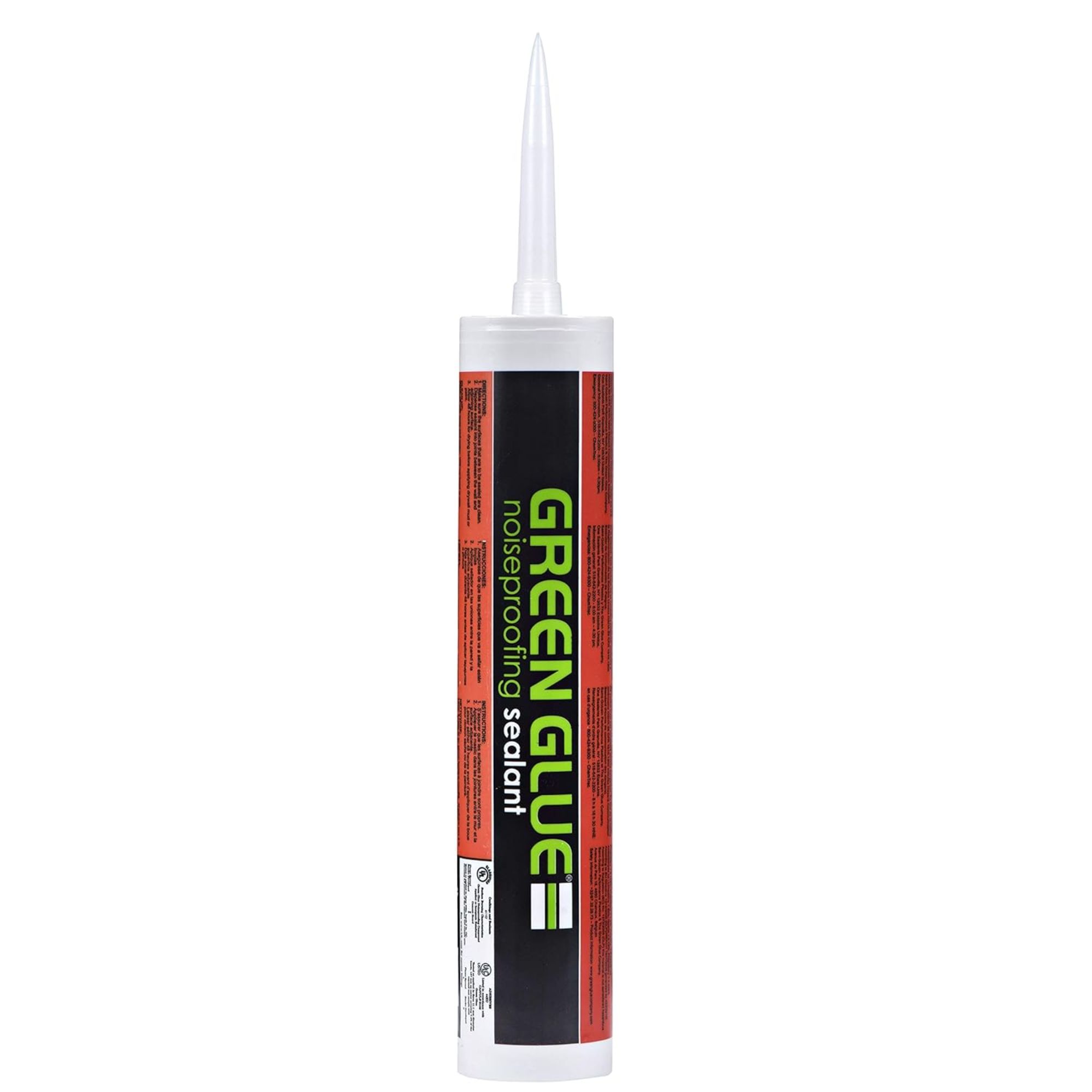
$29.14
Formulated to stop sound leaks, this 29 oz of caulk should cover around 40-50 feet.
2. Install weatherstripping and gaskets
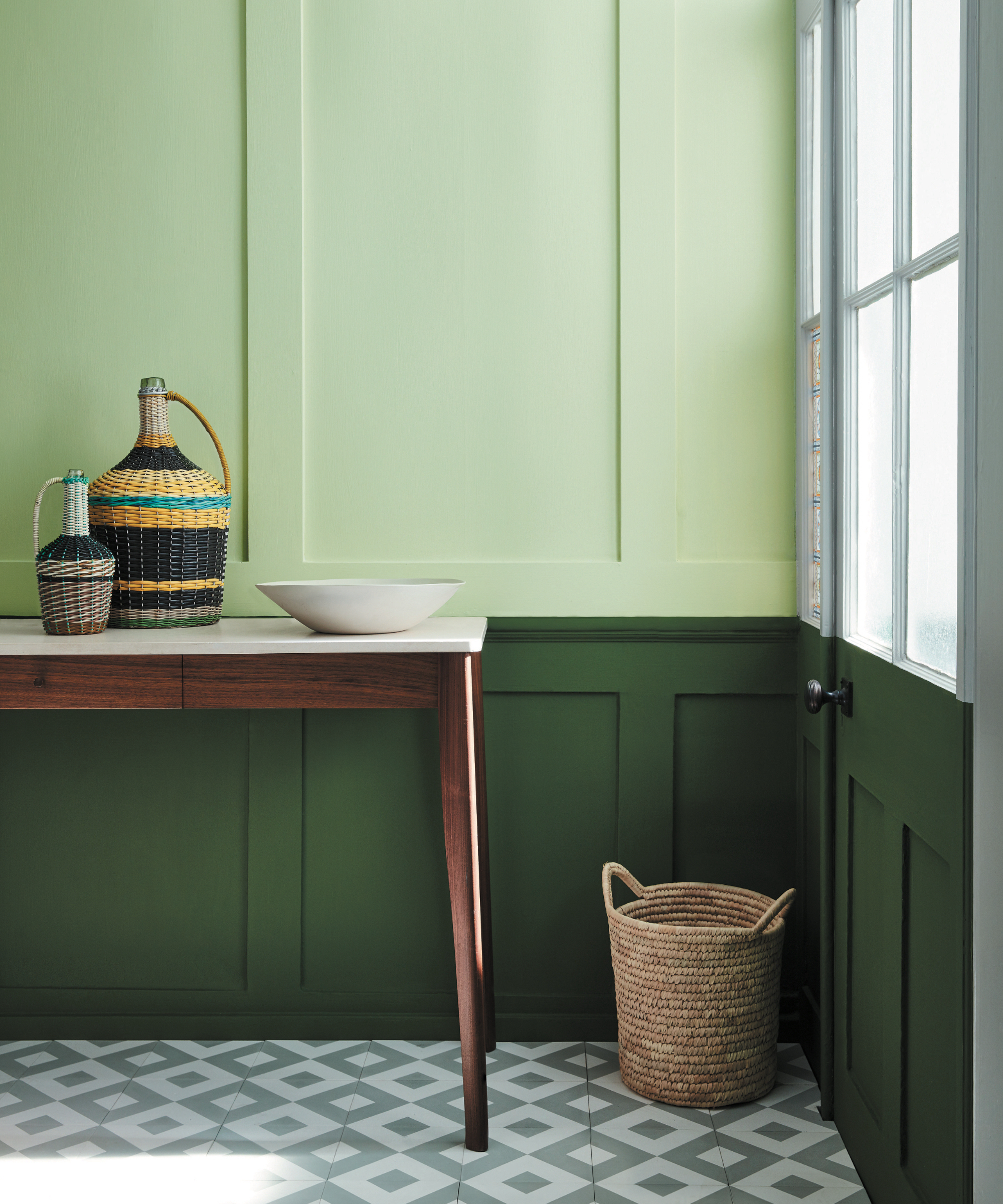
Weatherstripping is installed along the edges of doors to create a seal between the moveable parts, such as the door and frame, to prevent sound leakage. These often come with adhesive-backed foam tape or are magnetic.
Door gaskets are typically used with weatherstripping – this is the approach to employ if you want to improve the effectiveness of your weatherstripping when soundproofing,' says Kerry Sherin, a consumer advocate at Ownerly. 'A door gasket, like weatherstripping, fills gaps between the door and the frame.' However, unlike weatherstripping, which is applied to the door frame, gaskets are securely attached to the sides and bottom of the door. They are somewhat more expensive, however, so if the weatherstripping does the trick on its own you won't need to also buy gaskets.
Additionally, if your door has a window in it consider installing acoustic window inserts. These are designed to provide an extra barrier to limit the amount of noise that can go through your window. These inserts go on the inside of your window to ensure that there are no gaps around the frame of your window.
3. Install mass-loaded vinyl
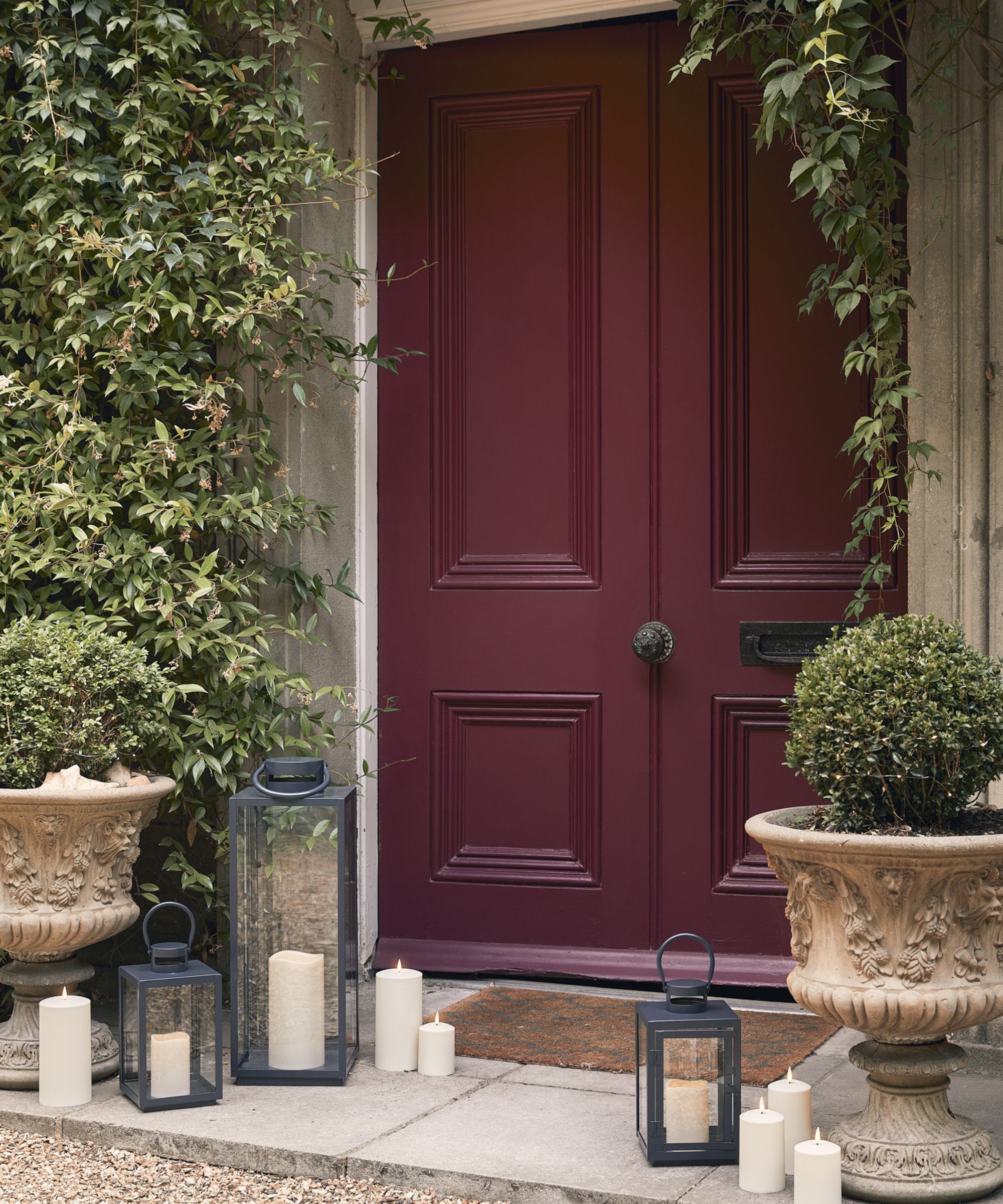
Mass-loaded vinyl (MLV) is a soundproofing material made from plastic with added weight from sand, lead, or other materials. 'This material adds weight and density to the door, effectively blocking more sound from passing through,' says Jake Herman, CEO of Spray Foam Insulation USA. 'We recommend using MLV at least a 1/4 inch thickness of mass-loaded vinyl for noticeable soundproofing results.'
You can secure the MLV with screws for a durable fit and cover it with a decorative panel to ensure you don't have to compromise on aesthetics.
4. Add soundproofing panels
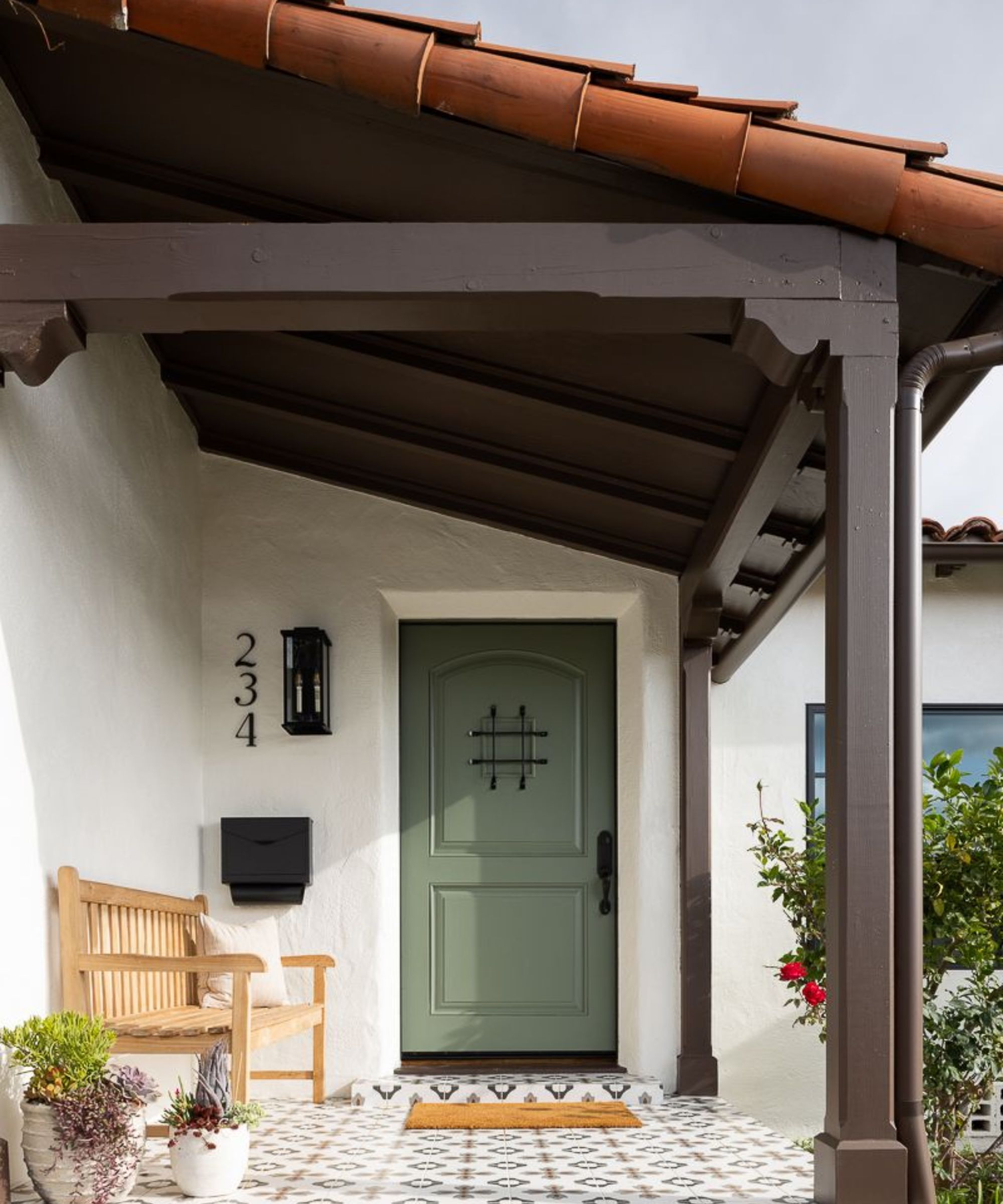
Both soundproofing blankets, from Amazon, and acoustic panels provide an additional layer to absorb noise as they lower the intensity of sound waves passing through them. While both are viable options, acoustic panels are a more permanent solution where the blankets are simply hung over the door as a temporary soundproofing measure.
These panels are designed to add density to your door to block sounds and are often less expensive than high-end alternatives.
'Panels are particularly effective as they can be customized to fit the exact size of your door. They are available in a variety of materials, including foam, which is the most common, and solid wood.'
To install acoustic panels, you can nail them to the door or use adhesive strips – such as these scotch-mount mounting strips from Walmart – to prevent damage. Ensure the panels cover as much of the door as possible to maximize sound absorption.
5. Add a door sweep or draft excluder
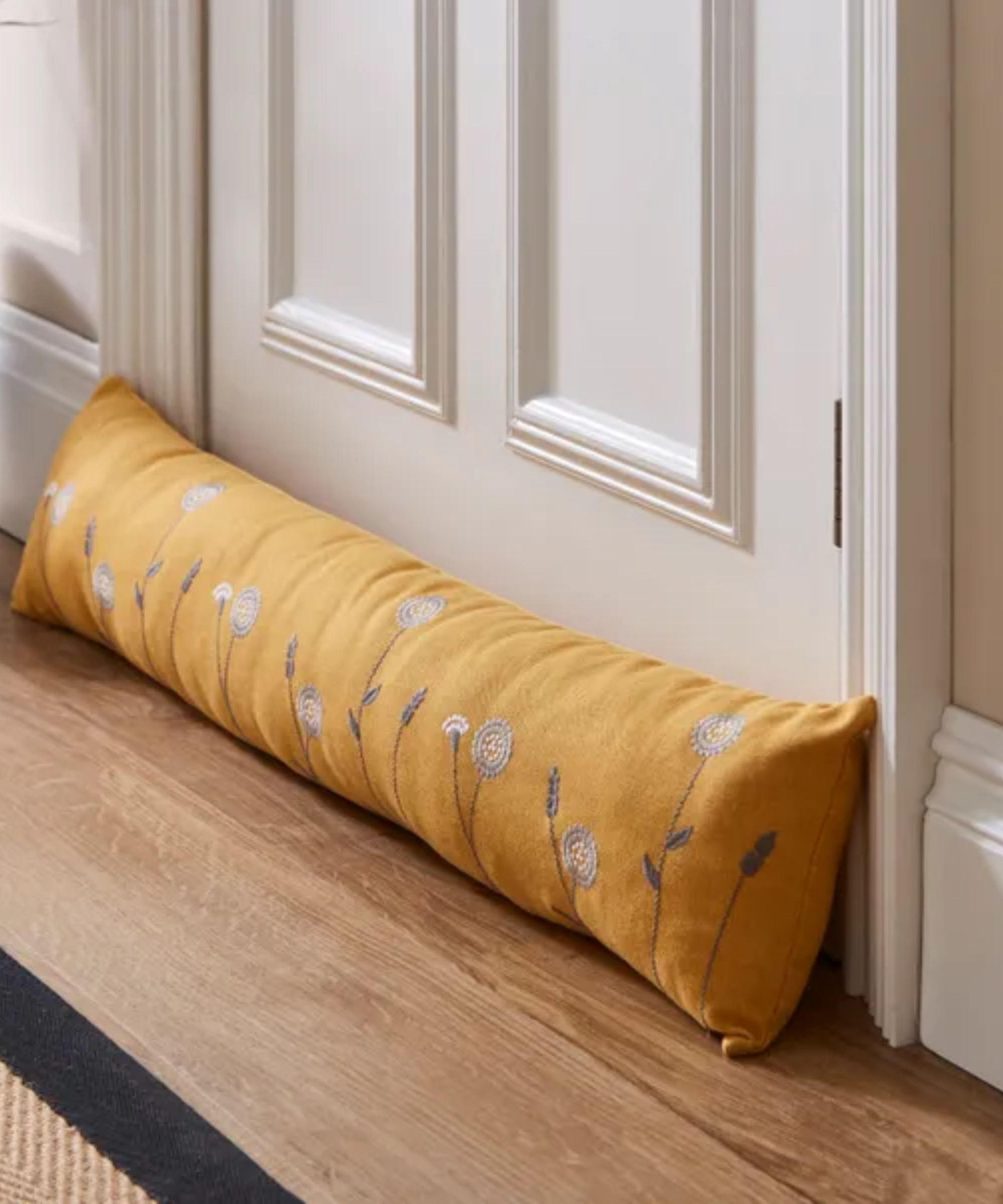
While creating a tight seal to block sounds at the bottom of a door may not be practical, that doesn't mean there's nothing to be done to soundproof the gap that exists at the bottom of many doors.
'You can put all the gaskets and paneling you want on your door, but if there is a gap at the bottom, massive volumes of sound will still seep through. To avoid this, place a door sweep on the bottom of the door to close the gap and block sound waves,' recommends Kerry Sherin.
'Soundproof door sweeps need some effort to install (you'll need a drill and screws), but the significant gain in soundproofing is generally worthwhile.' You can also find those wich attach to your door with adhesives, like this Porfeet adhesive door strip. However, even with these, you still risk peeling off your paintwork when removing it.
If you don't want to risk damaging the door, consider investing in a sound-blocking draft excluder as an effective alternative. You can prioritize one that adds to your space's aesthetics, or a simple but effective draft stopper, from Amazon that can slide under the door.
6. Use a sound blocking curtain

We love curtain ideas as a way to add color and pattern to the home, and with the benefit of being able to dampen sounds, we recommend incorporating this affordable solution to your door soundproofing checklist.
Curtains made with thick, heavy fabrics will absorb more sound waves than thin, light ones. Look for sound-deadening textiles like acoustic velvet. The curtain should completely cover the door frame and extend to the floor and ceiling to block all sound pathways.
While we're on the subject of stylish covers, if your door has keyholes and letter openers that let sound through, you can find a range of made-to-fit soundproof covers for them that can make a significant difference.
FAQs
What type of doors are the most soundproof?
Solid core doors are easily the most soundproof option, with a higher density and mass, they are excellent for absorbing and blocking sound transmission than hollow core doors.
If you are willing to spend a bit more in your quest for a soundproofing door, upgrading to a solid-core door is definitely the most effective way to go.
For cases requiring extreme sound isolation, such as home studios, using double doors with a dead air space in between can be highly effective. Since there is space between the doors, any noises that get through the first door are blocked out even more before they get to the second. The air gap itself stops sound from traveling. For the best results, both doors should have mass-loaded vinyl or another sound-dampening material on them.
If you have used acoustic caulk and weather stripping, be sure to occasionally check these to see if they are worn and need to be renewed.
Sign up to the Homes & Gardens newsletter
Design expertise in your inbox – from inspiring decorating ideas and beautiful celebrity homes to practical gardening advice and shopping round-ups.

Lola Houlton is a news writer for Homes & Gardens. She has been writing content for Future PLC for the past six years, in particular Homes & Gardens, Real Homes and GardeningEtc. She writes on a broad range of subjects, including practical household advice, recipe articles, and product reviews, working closely with experts in their fields to cover everything from heating to home organization through to house plants. Lola is a graduate, who completed her degree in Psychology at the University of Sussex. She has also spent some time working at the BBC.
-
 I've spent over 200 hours testing vacuums and swear by my two Dysons – this is how I properly clean a Dyson vacuum filter for longer-lasting appliances
I've spent over 200 hours testing vacuums and swear by my two Dysons – this is how I properly clean a Dyson vacuum filter for longer-lasting appliancesYour Dyson vacuum will last much longer and clean at its best
By Dan Fauzi Published
-
 Bethenny Frankel calls this $695 machine the 'Rolls-Royce Cullinan of coffee' – it's a must-have luxury buy for iced-coffee lovers this springtime
Bethenny Frankel calls this $695 machine the 'Rolls-Royce Cullinan of coffee' – it's a must-have luxury buy for iced-coffee lovers this springtimeThe Real Housewife swears by a luxurious machine that makes nitro cold brew, cold brew, and cold espresso at the touch of a button – here's why it's worth it
By Sophie Edwards Published
